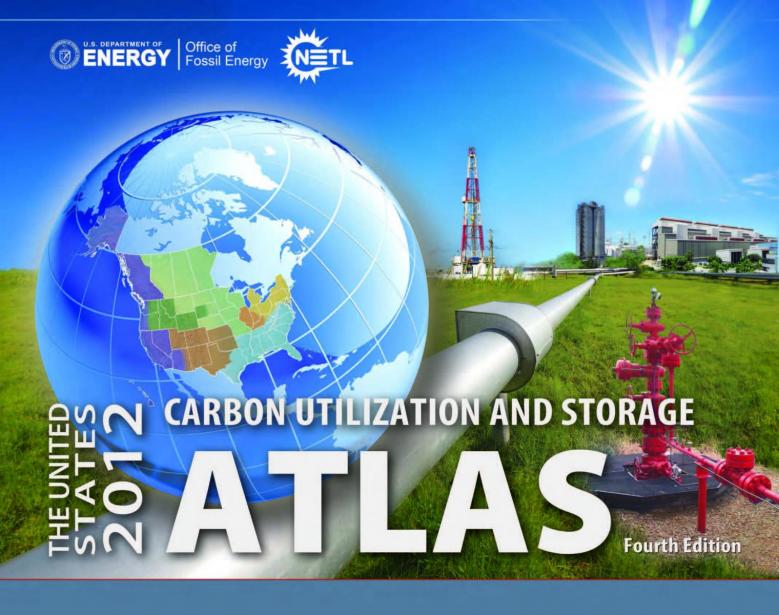Primary tabs

NETL Overview of "2012 Carbon Utilization and Storage Atlas"
The United States has at least 2,400 billion metric tons of possible carbon dioxide (CO2) storage resource in saline formations, oil and gas reservoirs, and unmineable coal seams, according to a new U.S. Department of Energy (DOE) publication.
This resource could potentially store hundreds of years’ worth of industrial greenhouse gas emissions, permanently preventing their release into the atmosphere, says the 2012 edition of the Carbon Utilization and Storage Atlas (Atlas IV). Capturing CO2 emissions from large power and industrial plants and putting it to beneficial use or storing it in deep geologic formations is a key element in national efforts to mitigate climate change.
Traci Rodosta, Carbon Storage Technology Manager, National Energy Technology Laboratory (NETL), will explain the findings of the fourth edition of the Carbon Utilization and Storage Atlas, as well as NETL's national efforts to advance carbon capture, utilization and storage.
